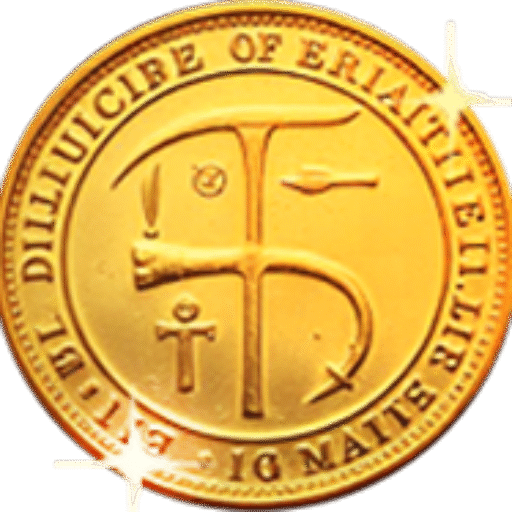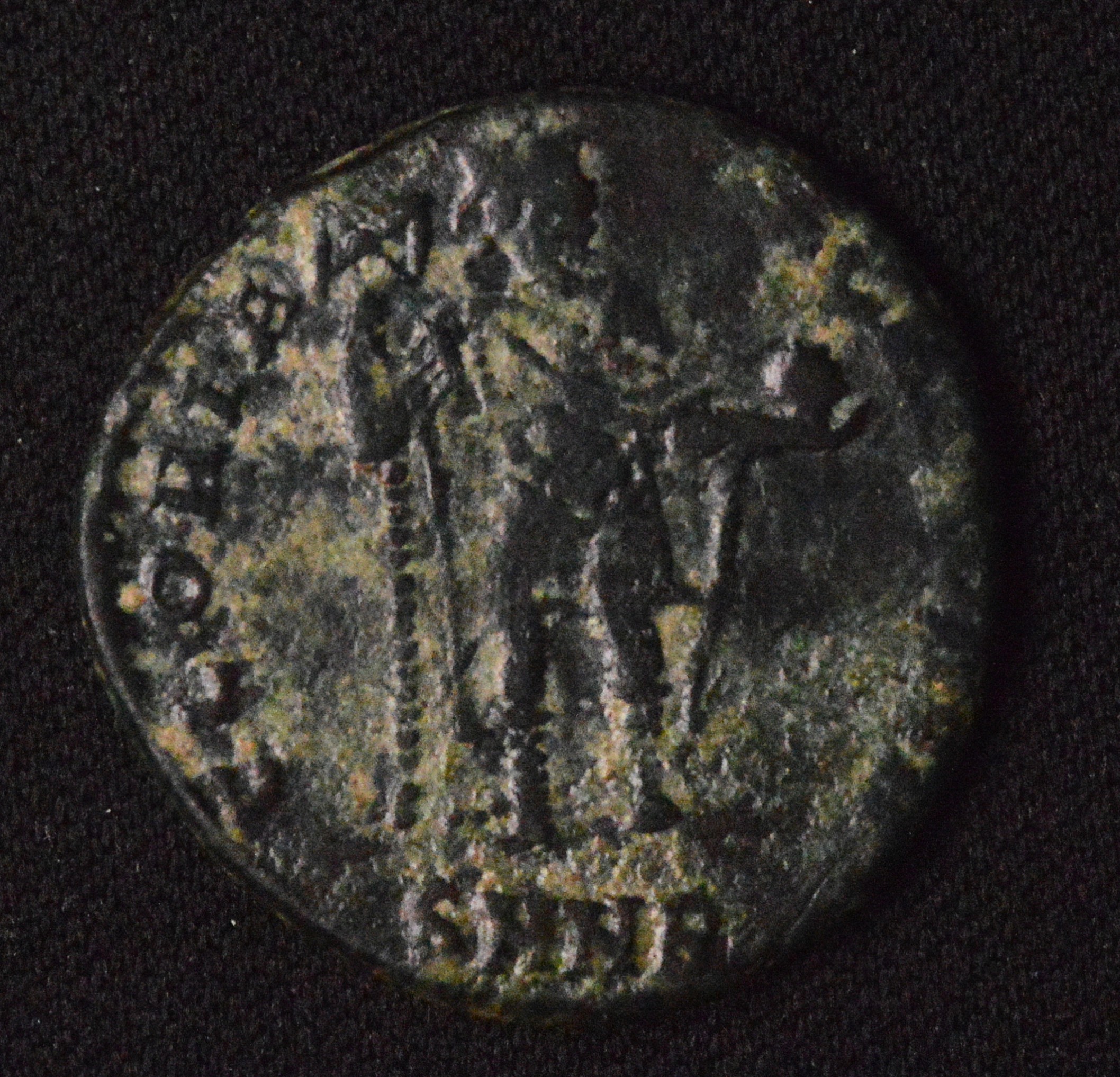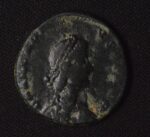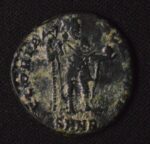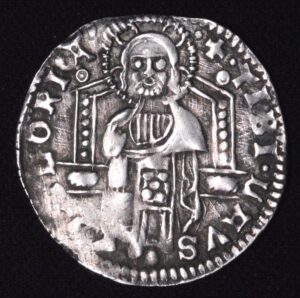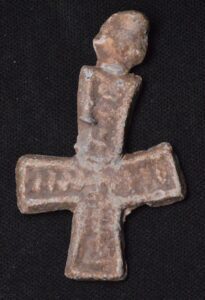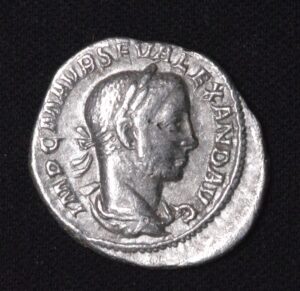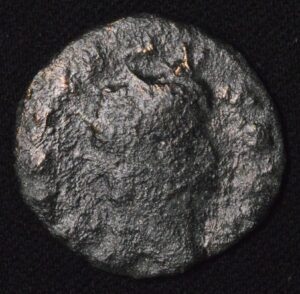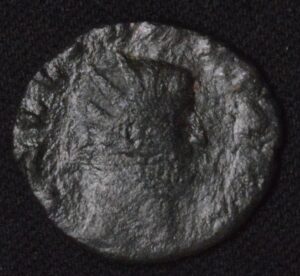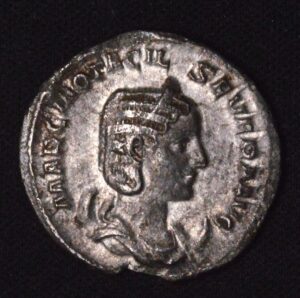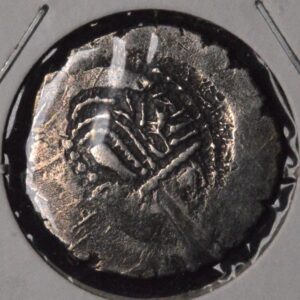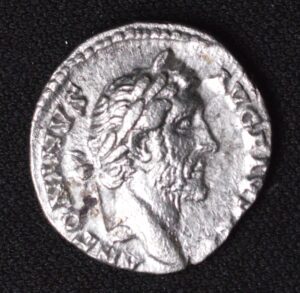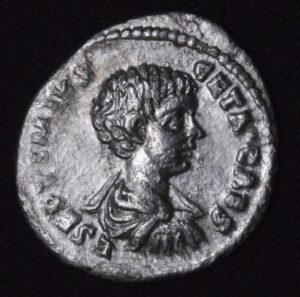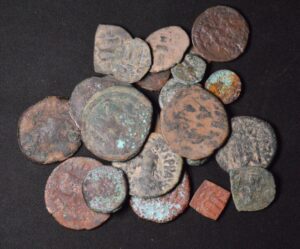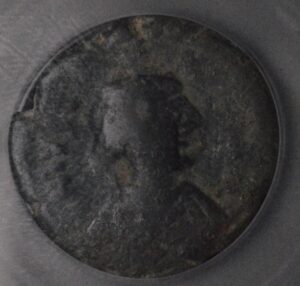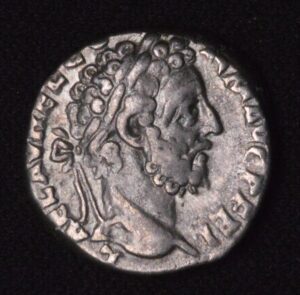Description
The Roman Empire 1 Maiorina coin from Nicomedia (393–395 AD) is a fascinating late Roman bronze denomination issued under Emperor Honorius, who ruled the Western Empire during a period of significant transition and fragmentation. The maiorina, sometimes referred to as AE2 or AE3, is a large copper coin introduced in the mid-4th century and used for several decades, evolving in size and weight over time as the Empire’s economic challenges increased.
Coins from Nicomedia, a major city and mint in Asia Minor (modern-day Turkey), often depict the reigning emperor—such as Honorius—with his diademed and armored bust on the obverse, along with the legend “DN HONORIVS PF AVG.” The reverse frequently features the “GLORIA ROMANORVM” type, showing the emperor advancing, sometimes holding a standard and globe, or standing with two captives, reflecting military strength and the defense of the Empire. The mintmark for Nicomedia, commonly “SMN” or variations by officina (workshop), is found in the exergue of the coin.
The 1 maiorina is struck in a copper alloy and varies in diameter (about 20–24 mm) and weight, depending on the time and specific series. By 393–395 AD, these coins were generally thinner and lighter than their predecessors. Despite this, coins with good preservation show attractive brown or green patina—often naturally glossy—on their surfaces, which enhances their visual appeal to collectors.
Such coins represent the turbulent era following the death of Theodosius I, highlighting struggles to maintain the unity and security of the Empire in the East and West. Well-struck, attractive patina examples from Nicomedia are prized for both historical and aesthetic reasons, providing a glimpse into the artistry and propaganda of the late Roman imperial mints.
In summary, a Nicomedia 1 Maiorina from 393–395 AD is a handsome, history-laden coin embodying the resilience and artistry of the late Roman Empire during one of its most challenging periods. Its good surfaces, strong details, and appealing natural patina make it a standout among late antique bronze issues for collectors and historians alike.
The Roman Empire 1 Maiorina coin from Nicomedia (393–395 AD) is a fascinating late Roman bronze denomination issued under Emperor Honorius, who ruled the Western Empire during a period of significant transition and fragmentation. The maiorina, sometimes referred to as AE2 or AE3, is a large copper coin introduced in the mid-4th century and used for several decades, evolving in size and weight over time as the Empire’s economic challenges increased.
Coins from Nicomedia, a major city and mint in Asia Minor (modern-day Turkey), often depict the reigning emperor—such as Honorius—with his diademed and armored bust on the obverse, along with the legend “DN HONORIVS PF AVG.” The reverse frequently features the “GLORIA ROMANORVM” type, showing the emperor advancing, sometimes holding a standard and globe, or standing with two captives, reflecting military strength and the defense of the Empire. The mintmark for Nicomedia, commonly “SMN” or variations by officina (workshop), is found in the exergue of the coin.
The 1 maiorina is struck in a copper alloy and varies in diameter (about 20–24 mm) and weight, depending on the time and specific series. By 393–395 AD, these coins were generally thinner and lighter than their predecessors. Despite this, coins with good preservation show attractive brown or green patina—often naturally glossy—on their surfaces, which enhances their visual appeal to collectors.
Such coins represent the turbulent era following the death of Theodosius I, highlighting struggles to maintain the unity and security of the Empire in the East and West. Well-struck, attractive patina examples from Nicomedia are prized for both historical and aesthetic reasons, providing a glimpse into the artistry and propaganda of the late Roman imperial mints.
In summary, a Nicomedia 1 Maiorina from 393–395 AD is a handsome, history-laden coin embodying the resilience and artistry of the late Roman Empire during one of its most challenging periods. Its good surfaces, strong details, and appealing natural patina make it a standout among late antique bronze issues for collectors and historians alike.
The Roman Empire 1 Maiorina coin from Nicomedia (393–395 AD) is a fascinating late Roman bronze denomination issued under Emperor Honorius, who ruled the Western Empire during a period of significant transition and fragmentation. The maiorina, sometimes referred to as AE2 or AE3, is a large copper coin introduced in the mid-4th century and used for several decades, evolving in size and weight over time as the Empire’s economic challenges increased.
Coins from Nicomedia, a major city and mint in Asia Minor (modern-day Turkey), often depict the reigning emperor—such as Honorius—with his diademed and armored bust on the obverse, along with the legend “DN HONORIVS PF AVG.” The reverse frequently features the “GLORIA ROMANORVM” type, showing the emperor advancing, sometimes holding a standard and globe, or standing with two captives, reflecting military strength and the defense of the Empire. The mintmark for Nicomedia, commonly “SMN” or variations by officina (workshop), is found in the exergue of the coin.
The 1 maiorina is struck in a copper alloy and varies in diameter (about 20–24 mm) and weight, depending on the time and specific series. By 393–395 AD, these coins were generally thinner and lighter than their predecessors. Despite this, coins with good preservation show attractive brown or green patina—often naturally glossy—on their surfaces, which enhances their visual appeal to collectors.
Such coins represent the turbulent era following the death of Theodosius I, highlighting struggles to maintain the unity and security of the Empire in the East and West. Well-struck, attractive patina examples from Nicomedia are prized for both historical and aesthetic reasons, providing a glimpse into the artistry and propaganda of the late Roman imperial mints.
In summary, a Nicomedia 1 Maiorina from 393–395 AD is a handsome, history-laden coin embodying the resilience and artistry of the late Roman Empire during one of its most challenging periods. Its good surfaces, strong details, and appealing natural patina make it a standout among late antique bronze issues for collectors and historians alike.
CUSTOMER FEEDBACK




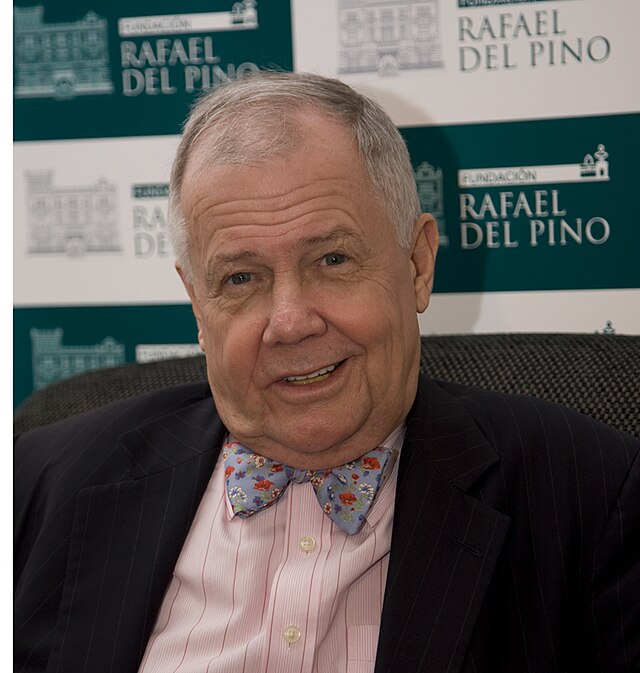



Related Products & Newly Released!
-
$30.00
-
$300.00
-
$110.00
-
$69.00




SHIPPING POLICY
Your order is shipped from the United States with USPS tracking within one business day.
14 Day Return Policy
You can return your item back within
14 days of the purchase

Secure payments
Your payments are 100% secure and are processed through Square or PayPal on a protected security network.
SHIPPING POLICY
FREE International and Domestic (United States) shipping. Your order is shipped with USPS tracking 24 hours after you order.
14 Day Return Policy
You can return your item back within
14 days of the purchase

Secure payments
Your payments are 100% secure and are processed through Square or PayPal on a protected security network.
RESOURCES
support
Get Fresh Articles!
Sign up now to receive our articles for the latest insights and promotions!
RESOURCES
support
Get Fresh Articles!
Signup our newsletter to get update insight or promotions.

